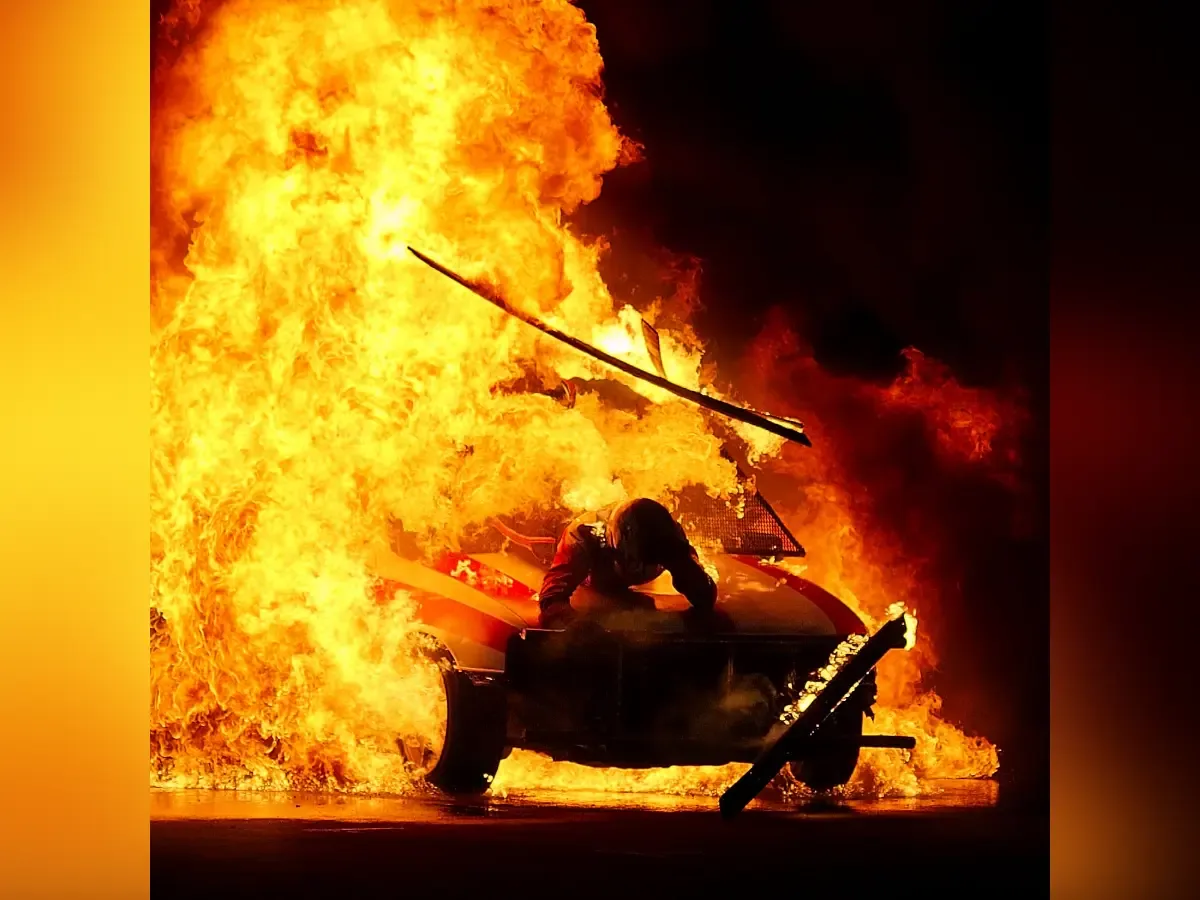The Evolution of Movie Stunts: A Thrilling Chronicle
From the silent era's spectacular daring feats to today's CGI-enhanced spectacles, the evolution of movie stunts is a thrilling narrative of innovation and risks that have captivated audiences for over a century. Film stunts have not only evolved alongside the advancements in cinematic technology but have also played a pivotal role in shaping the way stories are told on the silver screen.
The Dawn of Stunts: The Silent Cinema Era
The roots of movie stunts can be traced back to the early 20th century, during the silent cinema era. This period was marked by a fascination with human ingenuity and physical prowess, where performers took center stage. Daredevils became the first stunt performers, exhibiting their skills in films like Safety Last! (1923), where Harold Lloyd precariously dangled from a clock tower. These early feats were performed without safety nets or technological aids, relying solely on the performers' physical talents and an overabundance of courage.
The Golden Age: The Emergence of Stunt Professionals
As the film industry matured during the 1930s and 1940s, the demand for more thrilling and complex action sequences led to the emergence of dedicated stunt professionals. This era saw the rise of iconic stuntmen such as Yakima Canutt, who is best known for his work on the legendary chariot race in Ben-Hur (1959). Canutt and others of his ilk transformed the field into a respected craft, introducing new techniques and safety standards that would lay the groundwork for future generations. The profession continued to grow in prestige as actors and studios recognized the importance of skilled stunt work in successful storytelling.
The 1970s and 1980s: Innovation and Spectacle
The technological advances during the 1970s and 1980s revolutionized movie stunts, allowing for greater realism and spectacle. This era is famously represented by films such as the James Bond series, where larger-than-life stunts became a hallmark. The incorporation of machines and vehicles into stunts added layers of thrill, with car chases and explosive sequences becoming staples in action cinema. The increasing complexity of stunts necessitated the development of new safety measures and specialized equipment, making stunts both safer and more audacious than ever before.
The Late 20th Century: The Rise of Computer-Generated Imagery
The late 20th century heralded the advent of computer-generated imagery (CGI), fundamentally altering how stunts were conceived and executed. Films like Terminator 2: Judgment Day (1991) and The Matrix (1999) seamlessly blended physical stunts with digital effects, creating visually spectacular sequences that were previously unimaginable. Stunt departments began collaborating closely with visual effects teams, combining human physicality with digital prowess to produce thrilling narratives that kept audiences on the edge of their seats.




.webp)
Comments